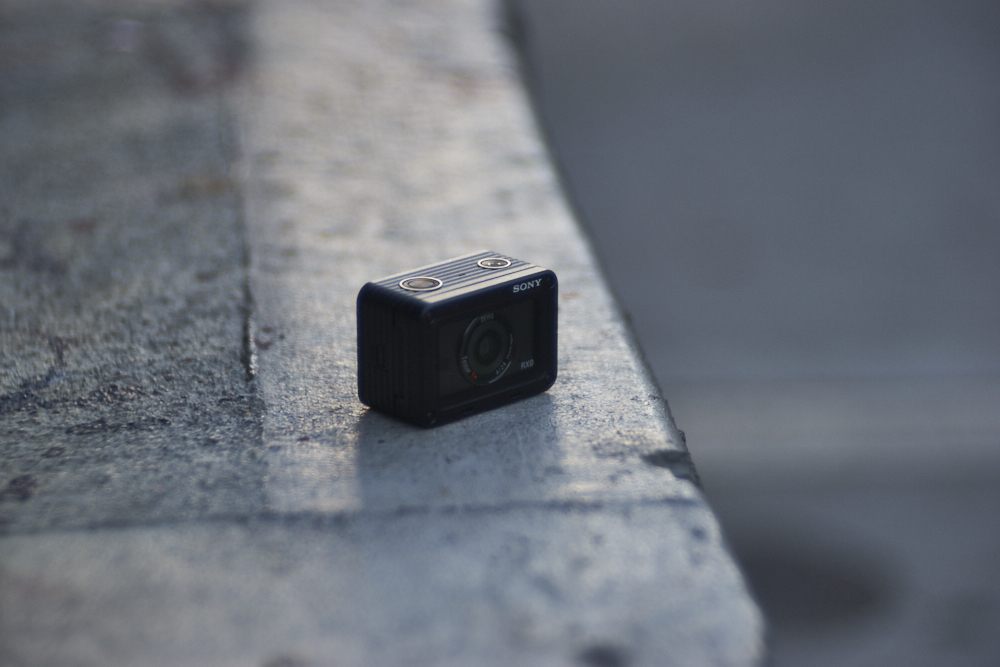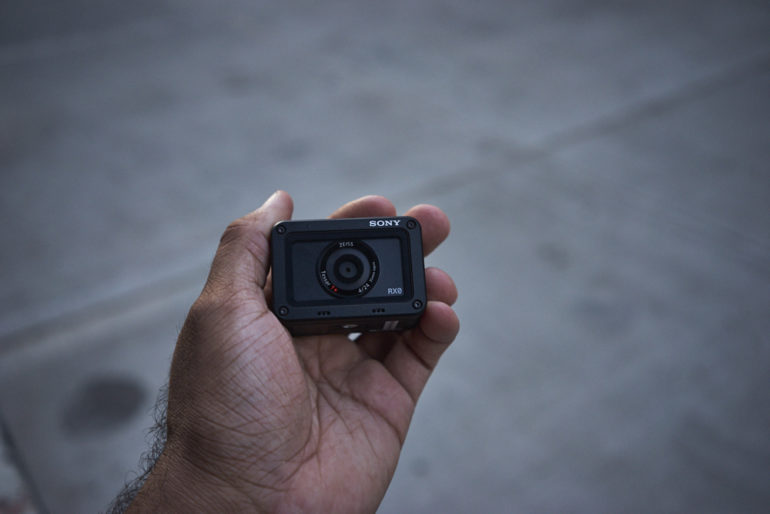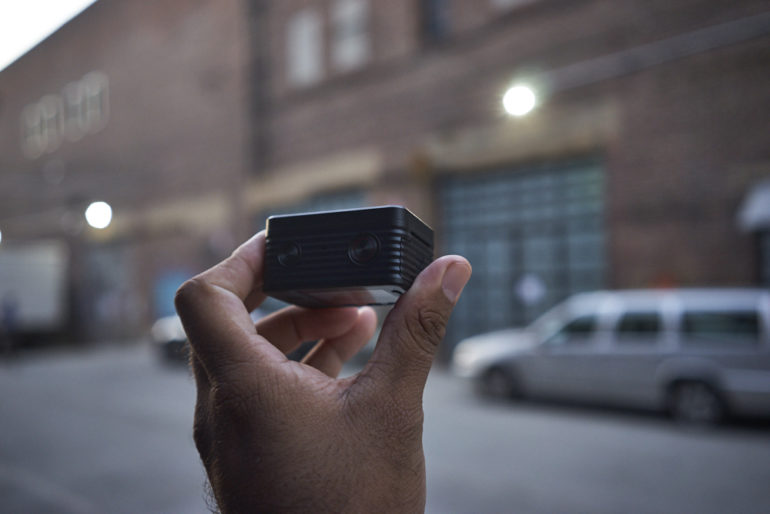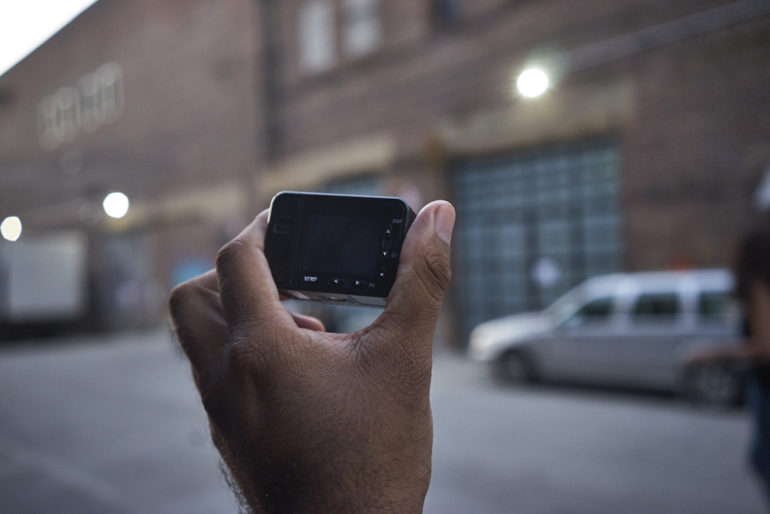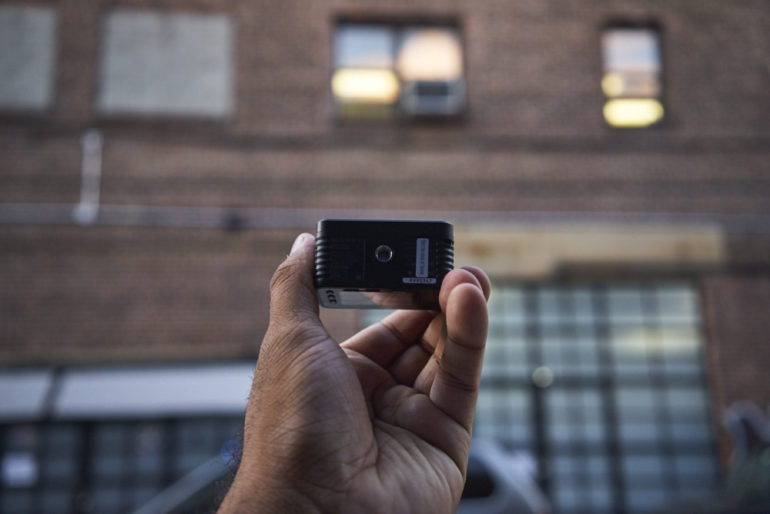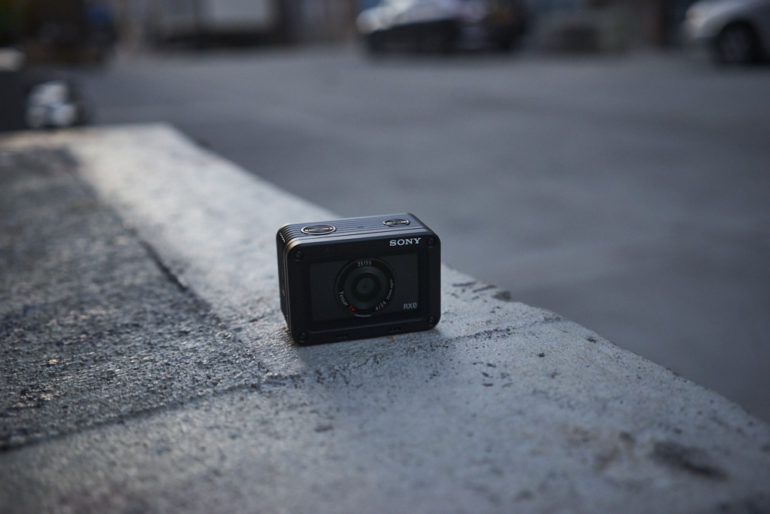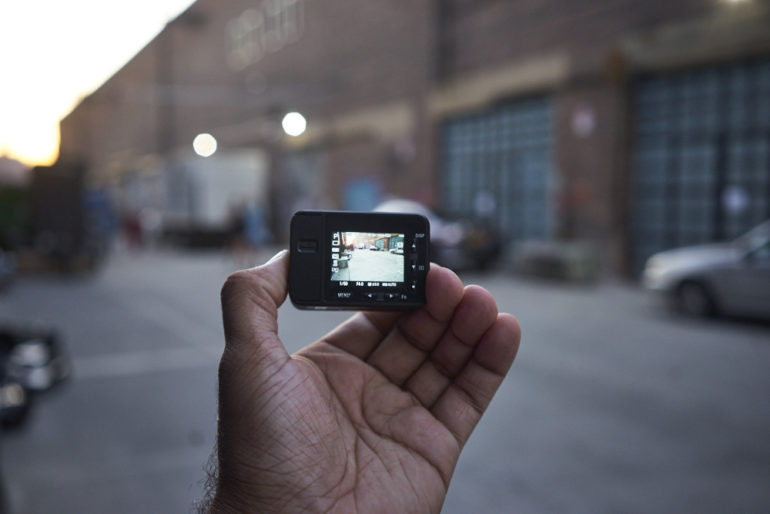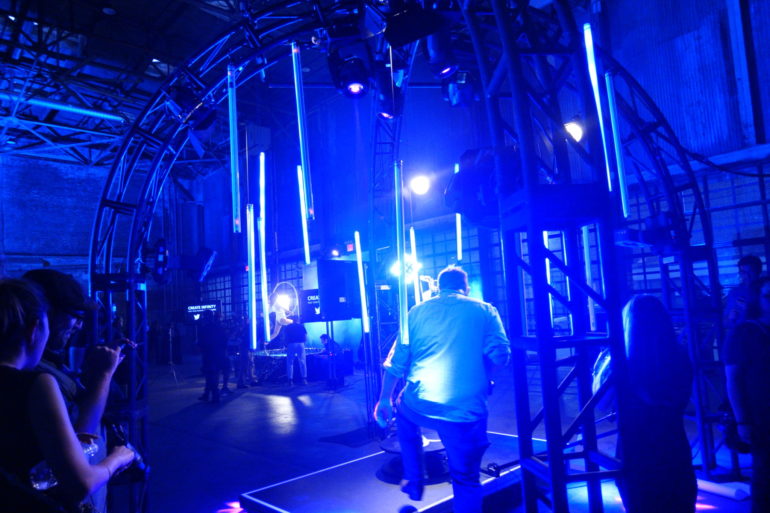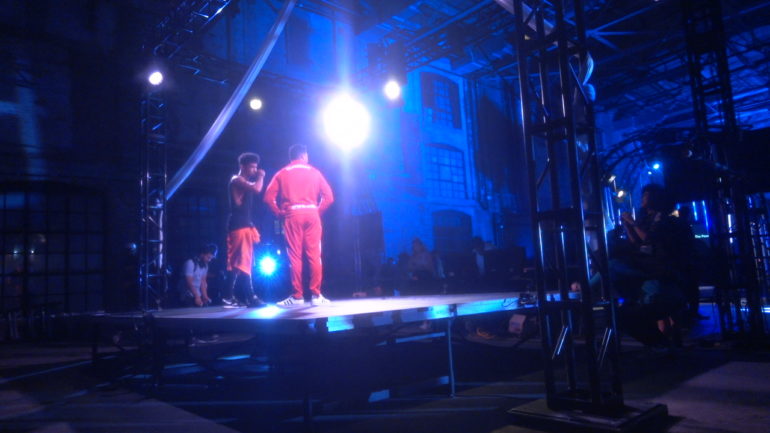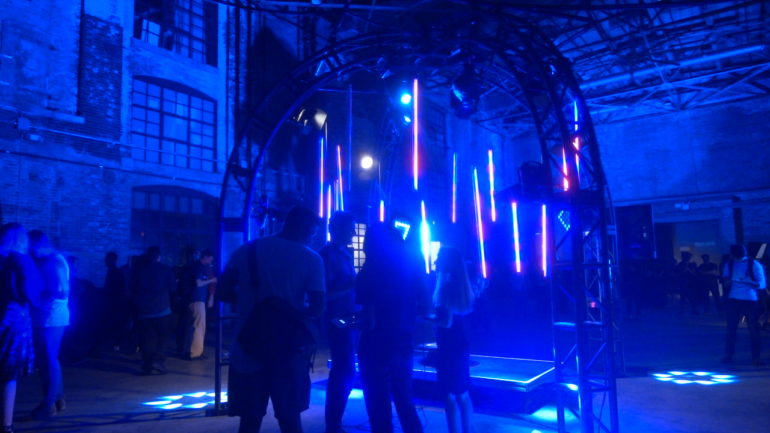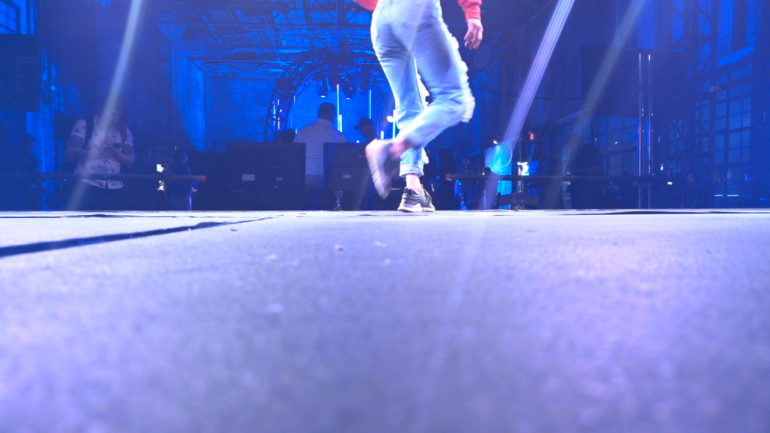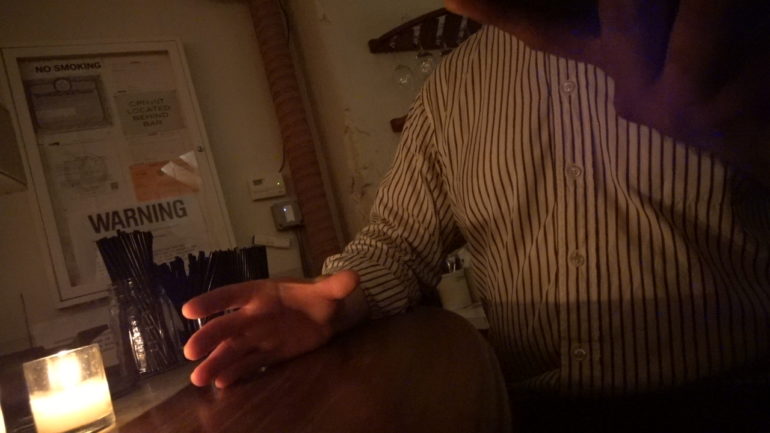Last Updated on 10/04/2017 by Chris Gampat
The Sony RX0 is the company’s answer to needing a high-end action camera for a number of reasons. Sports shooters will love it. Action shooters will love it. Heck, it’s honestly hard to not like it. There’s a 24mm f4 equivalent lens on the front and a 1 inch sensor behind that. Sony’s sensors have been stellar for years, and now this camera aims to challenge everything else on the market while giving a higher end experience at a fairly affordable price point. The Sony RXO is small, portable, and, once you understand how to use it, not incredibly difficult–though I’ll be the first one to admit that’s quite a hill to climb.
Tech Specs
Specs taken from the Sony listing
SENSOR TYPE 1.0-type (13.2mm x 8.8mm) Exmor RS™ CMOS sensor, aspect ratio 3:2
NUMBER OF PIXELS (EFFECTIVE) 15.3MPWATERPROOFYes (IPX8 equivalent)
SHOCKPROOF Yes (2.0m/6.5ft MIL-STD810G C1 Method516.7-Shock)10
CRUSHPROOF Yes(200kgf/2000N/440lbf)11
ISO SENSITIVITY (STILL IMAGE)(RECOMMENDED EXPOSURE INDEX)Auto(ISO125-12800, selectable with upper / lower limit),125/160/200/250/320/400/500/640/800/1000/1250/1600/2000/2500/3200/4000/5000/6400/8000/10000/12800 (Extendable to ISO80/100),Multi-Frame NR:Auto(ISO125-12800), 200/400/800/1600/3200/6400/12800/2560012
Ergonomics
The Sony RX0 is a camera that has a whole lot going for it. It’s got a small form factor as you can see as I hold it in my hand. It’s more or less a brick with rounded edges. The front here is behind a layer of glass that in my opinion smudges way too easily. At one point I put it in water that felt a little extra greasy and said grease stayed on the front. Behind that glass is the lens.
On the top of the Sony RX0 you’ve got the shutter release button and on/off switch. There are also a bit of textured areas to help with holding the camera.
Turn to the back of the Sony RX0 and what you’ll find here is the LCD screen and the control interface. Buttons are along the side and bottom.
Then on the bottom what you’ll find is the tripod socket. The battery compartment is here too.
Build Quality
The Sony RX0 is said to be drop proof, freezeproof and waterproof. To test that latter claim, I put the camera in water and it continued to work with no problems. The audio of course changes, but that’s about all.
Ease of Use
Here’s my confession: in college I was a heck of a lot more of a video guy than a stills guy. When I got out of college, stills paid the bills. But I still have some of my videographer traits and if I put my mind to it, I could easily create really beautiful video with a bit of time and effort.
Now, here’s my biggest problem with the Sony RX0. Whenever I get a Sony camera in, I need to go through menu after menu carefully and set the camera up to how I specifically like it. This takes significantly longer to do than say Nikon, Canon or Fujifilm. Each time I pick up a new Sony camera the menus just seem to get deeper and deeper. So when you condense all that onto an itty bitty screen and give us a few buttons that are sort of hard to read and understand, then you can understand where I’m coming from when I say the interface is pretty terrible until you actually have it set up.
In a situation where we had good lighting, I probably would have left the camera on complete auto mode and just recorded. But since we were working in very low lighting, I opted for 24p video, 1/50th second, and anywhere from ISO 1600 and higher at f4. Well, that and that’s how I was trained as a videographer. I’m not a big fan of 60p video though everyone and their mother tends to drool over it because it’s the cool new thing, but 60p video to me is a bit dizzying until it’s slowed down to 24p. Video, in my opinion, looks best at that rate. It’s a format that was apparently initially instituted because of film prices. But aesthetically speaking, it still works. Additionally, the last thing that I want is my 24 video being interpolated up to 60p video on someone’s television.
Luckily for us, recording can be done via the Sony PlayMemories app. When that’s done, then the whole process becomes a bit easier. I can really see this being used for photographers who want to do BTS video or have it mounted onto a drone or something.
Image Quality
The videos here are RAW from the Sony RX0. I honestly didn’t shoot a whole lot that I was crazy about–again, because of the lighting situations and setups. But I got to sneak away with a colleague to a bar to shoot a bit of video; though at the same time I didn’t want to overstay my welcome.
Here are some still sample images from the Sony RX0 too.
First Impressions
I think that the Sony RX0 can create some really fun video with the right talent, lighting, and angles. But with that said, the same can be done with any camera. What the Sony RX0 allows photographers to do is get that content with better technology put in the right places. For low light, I’m not really impressed. Again though, I need to put the camera through some more paces.


